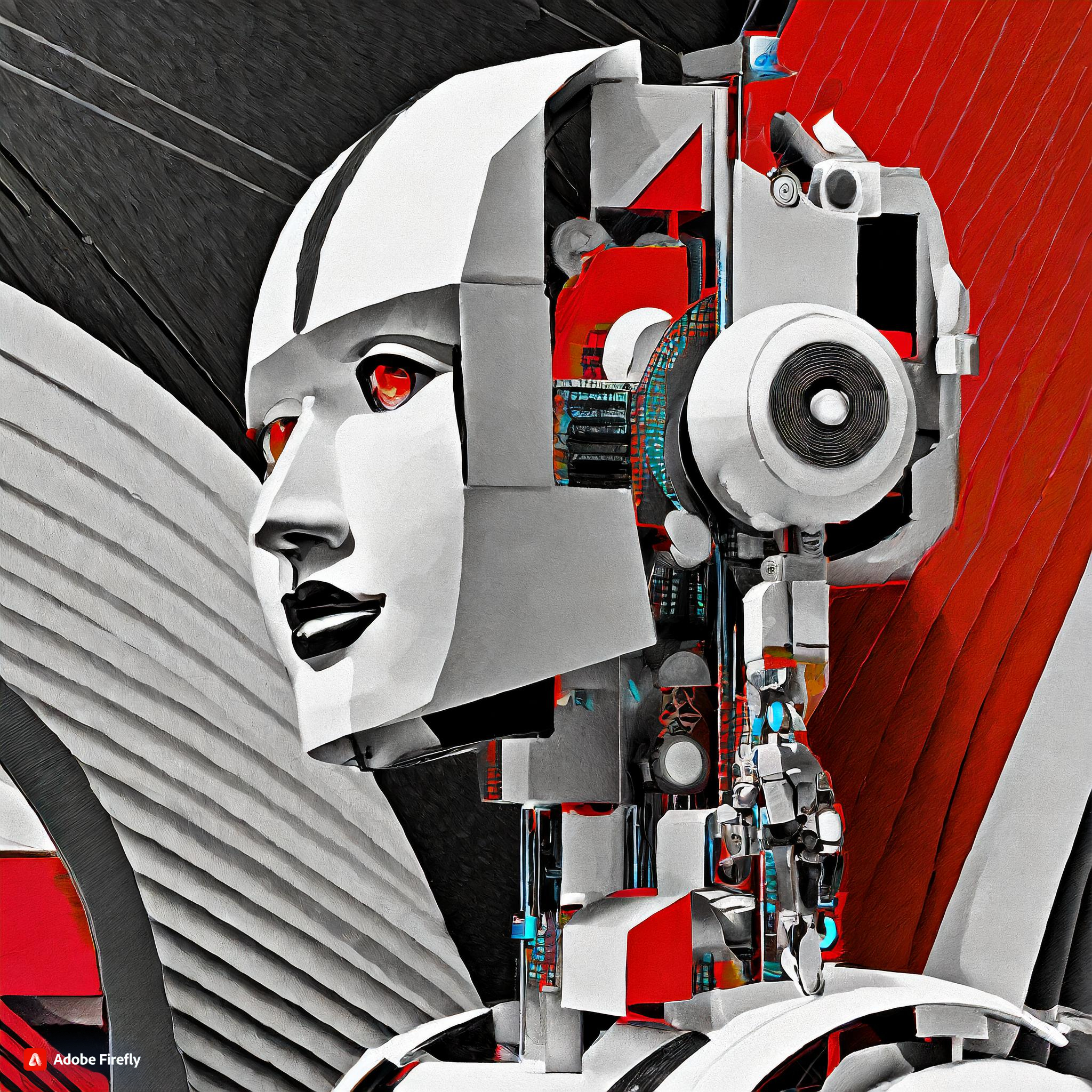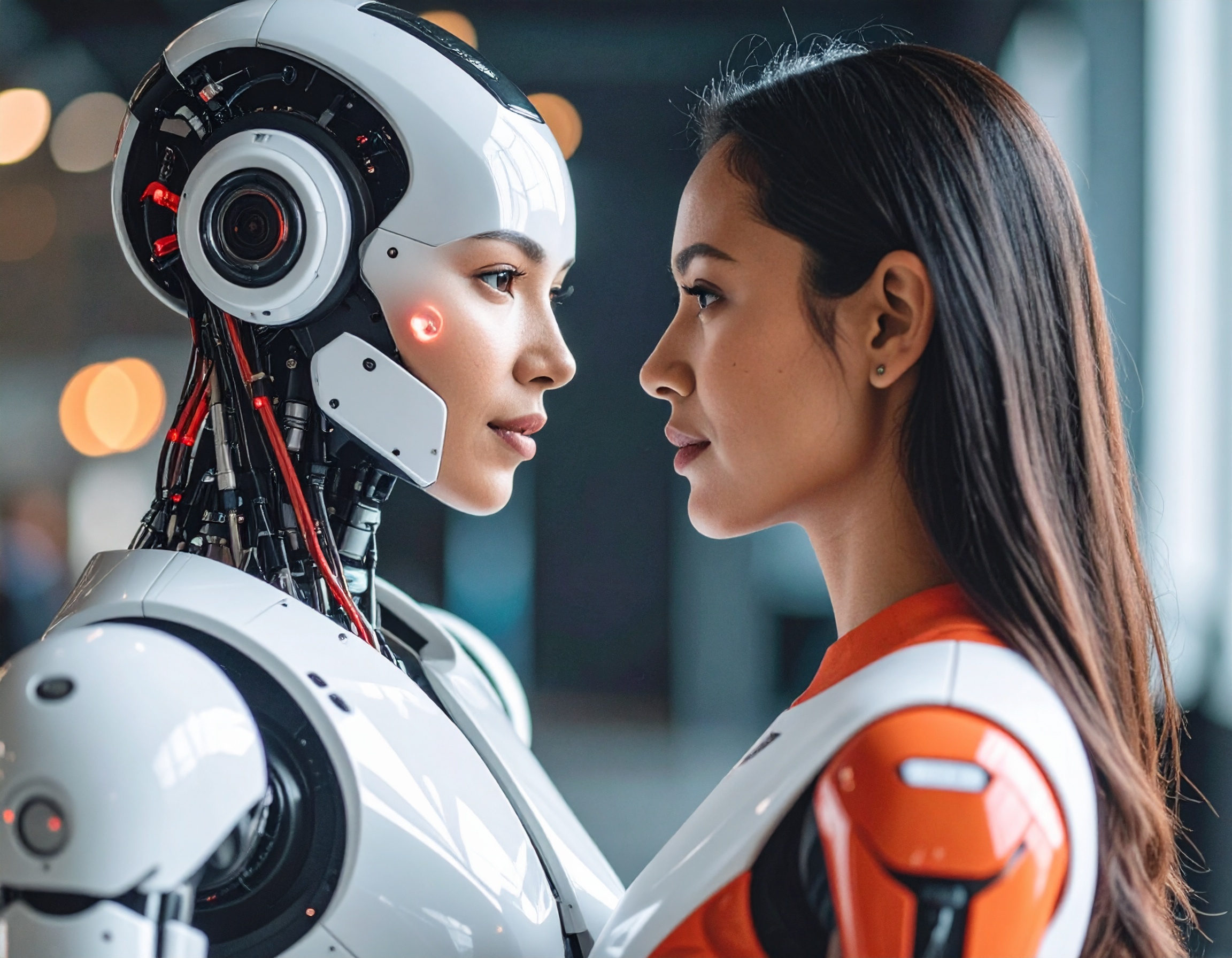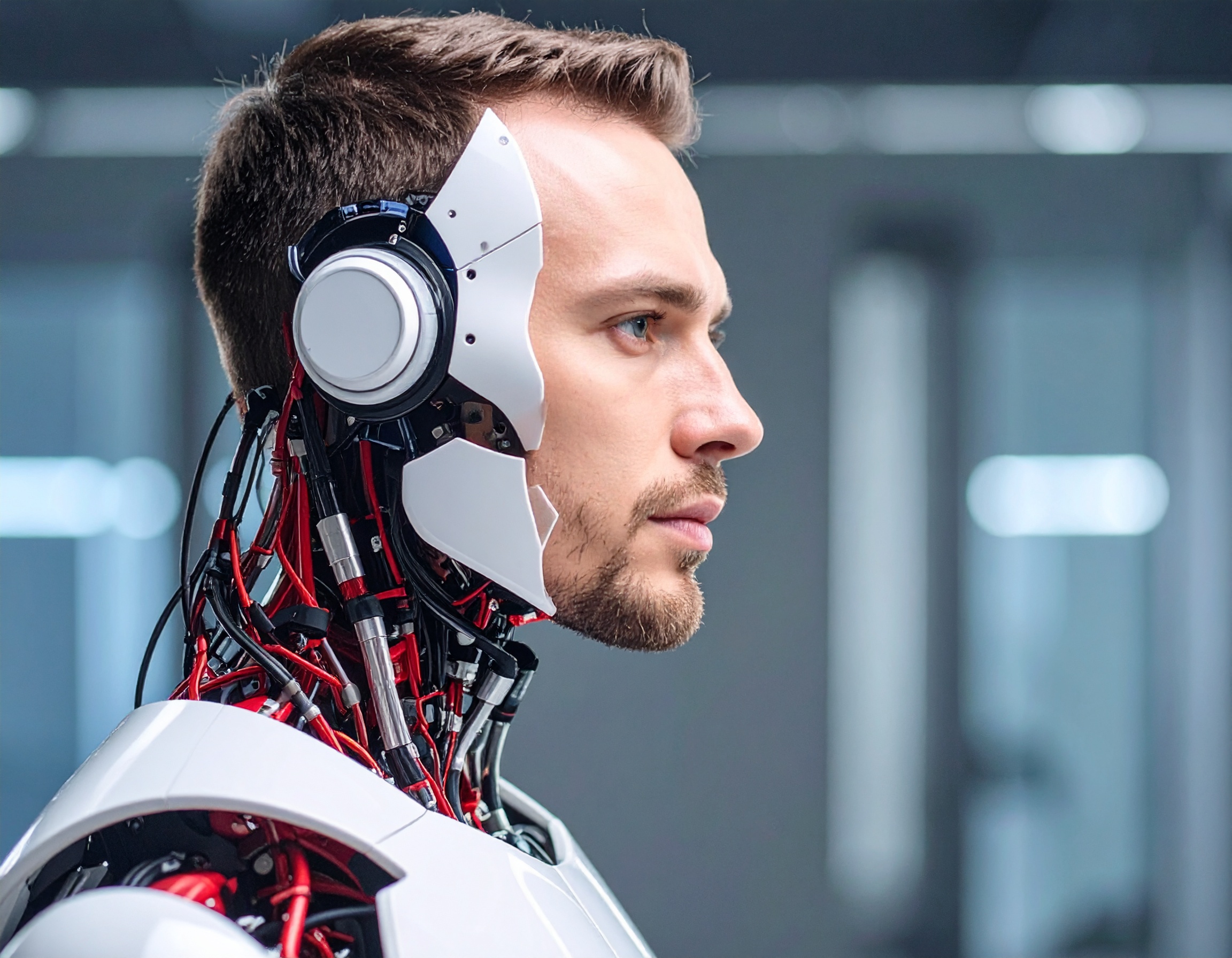Unlocking the Potential: Overcoming Energy and Control Challenges in Humanoid Robotics

In a recent report by Professor Robert Riener of ETH Zurich, the intricate journey of humanoid robotics development has been unveiled, shedding light on the significant hurdles researchers face in crafting autonomously functioning humanoids. These challenges revolve around the dual conundrum of managing complex control systems and addressing substantial energy demands, presenting both technical and practical obstacles to overcome.
Insights from the Report:
- Humanoid robots struggle to emulate human movement and behavior due to difficulties in integrating structural components into compact, mobile systems.
- Achieving a delicate balance between size reduction and energy efficiency is paramount for progress, emphasizing the role of artificial intelligence in optimization.
- Control over human-like movements remains a technical hurdle, with battery life posing a pressing issue, limiting operational time to 1-2 hours before recharge.
Industry and Market Outlook:
The humanoid robotics industry, nestled within the broader robotics market, foresees significant growth driven by technological innovations and increased demand for automation. Market forecasts suggest exponential expansion in the coming years, fueled by advancements in artificial intelligence and technology.
Challenges and Considerations:
Technical hurdles encompass sophisticated control systems and energy consumption efficiency, urging the need for research into alternative energy sources and more efficient batteries. Market acceptance, influenced by public perception and ethical considerations, also poses a crucial challenge, particularly concerning job displacement and safety regulations.
Navigating the Future:
Despite these challenges, industry leaders such as Boston Dynamics, Hanson Robotics, and SoftBank Robotics are at the forefront of humanoid robot technology, continuously pushing boundaries and exploring opportunities. As interdisciplinary collaboration and ongoing research shape the future of humanoid robotics, a concerted effort among stakeholders is paramount to responsibly navigate the evolving landscape of this intriguing industry.
Key Highlights:
- Humanoid Robotics Challenges: Professor Robert Riener's report from ETH Zurich underscores the formidable obstacles in crafting autonomous humanoid robots. These challenges revolve around managing complex control systems and addressing substantial energy demands, hindering progress in the field.
- Technical Hurdles: Integrating structural components into compact, mobile systems remains a key technical challenge. Achieving a delicate balance between size reduction and energy efficiency is critical, highlighting the pivotal role of artificial intelligence in optimization.
- Energy Efficiency Concerns: Humanoid robots face limitations in operational time due to battery constraints, with current technology allowing only 1-2 hours of activity before recharge. Research into alternative energy sources or more efficient batteries is essential to overcome this limitation.
- Market Growth Potential: Despite challenges, the humanoid robotics industry is poised for significant growth. Market forecasts predict exponential expansion driven by technological innovations, increased demand for automation, and advancements in artificial intelligence.
- Industry Leaders and Opportunities: Companies like Boston Dynamics, Hanson Robotics, and SoftBank Robotics are leading the charge in humanoid robot technology. Their continuous innovation and exploration of opportunities are shaping the future of the industry.
- Challenges and Considerations: Technical hurdles, market acceptance, and regulatory considerations pose significant challenges. Addressing ethical concerns, public perception, and safety regulations is crucial for responsible industry growth.
- Future Prospects: Interdisciplinary collaboration and ongoing research are pivotal in shaping the future of humanoid robotics. Stakeholders must navigate the evolving landscape of this intriguing industry responsibly to unlock its full potential.
Reference:
https://www.dynamikeseidhseis.gr/en/advancing-humanoid-robots-pose-energy-and-control-challenges/


